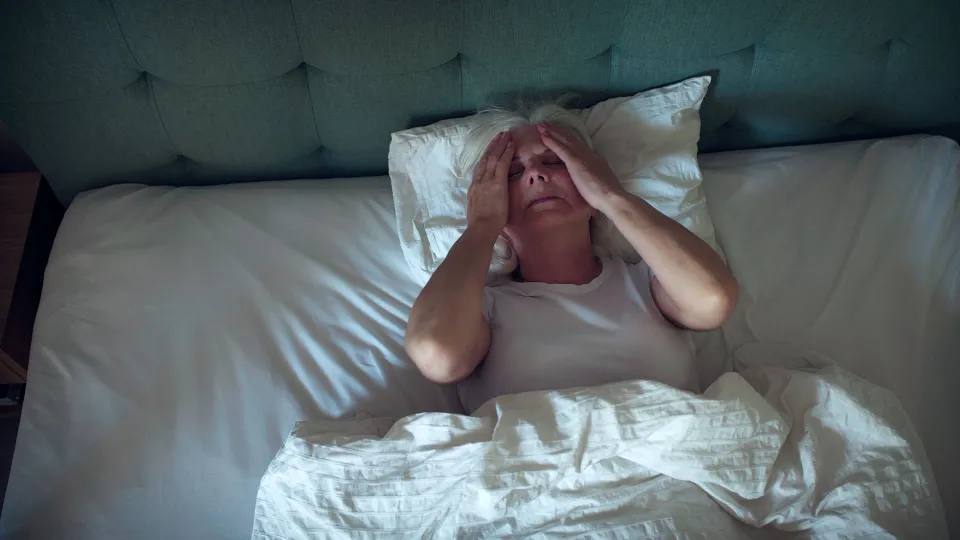News Brief
Social Dancing to Improve Cognition, Reduce Alzheimer’s Risk
January 5, 2023
Helena M. Blumen, Ph.D., M.S., and colleagues conducted a randomized-controlled trial in which 25 older adults at increased risk for dementia participated either in ballroom dancing or treadmill walking for six months. Before and after the activity regimens, participants underwent MRI and several other tests to assess their executive brain function. The results, described in a paper published online on December 14 in the Journal of Aging and Physical Activity, indicated that both groups showed improved composite executive function scores compared with baseline scores, but there was no evidence of between-group differences. Social dancing, however, produced greater improvement on one of the tests (digit-symbol substitution) than treadmill walking. The authors concluded that social dancing may be a safe, enjoyable, and effective alternative to traditional physical exercise for preventing cognitive decline and reducing risk for Alzheimer’s disease.
Dr. Blumen is an associate professor of medicine and in the Saul R. Korey Department of Neurology at Einstein. The paper’s senior author was Joe Verghese, M.B.B.S., M.S., chief of the integrated divisions of cognitive and motor aging and of geriatrics at Einstein and Montefiore. He also is the Murray D. Gross Memorial Faculty Scholar in Gerontology, director of the Resnick Gerontology Center, and professor in the Saul R. Korey Department of Neurology and of medicine at Einstein.


